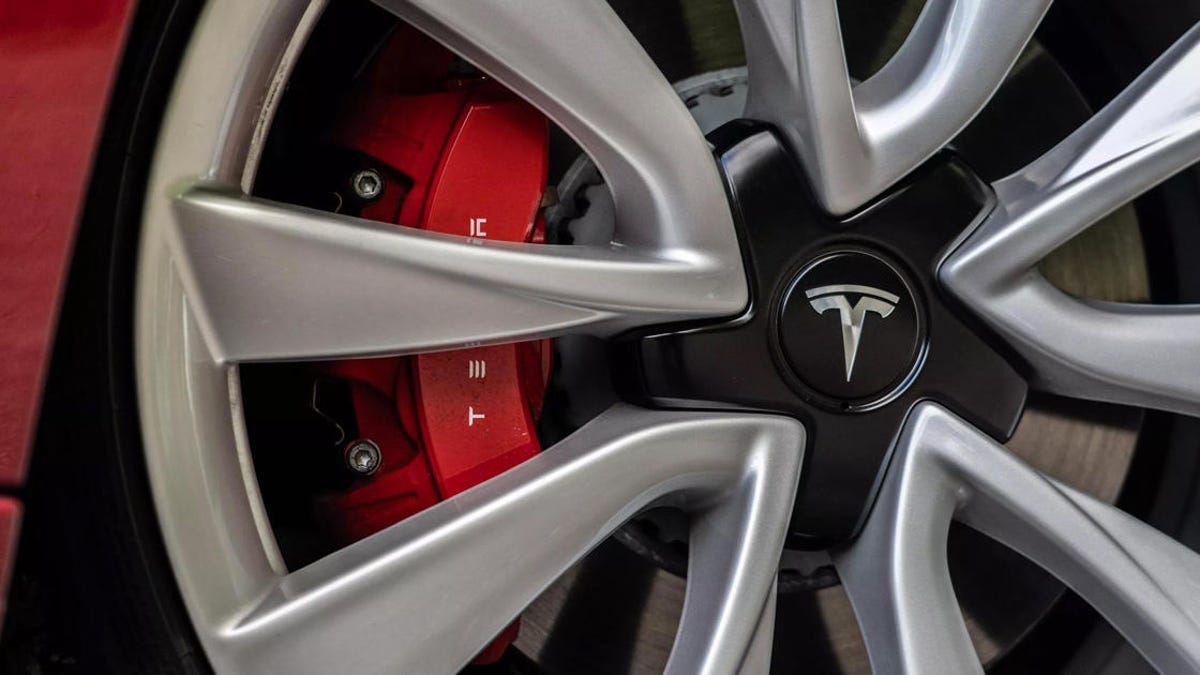This FSD issue ties to a wider issue that all of us will be running into soon, when our warranties run out. It's a growing realization that too many companies are cornering people by blocking access to parts and information, so we can't maintain/repair what we purchased. Look at Rich Rebuilds, and at what's happening in the farming sector.
Those of you who support the stale corporate arguments will appreciate the fallacies soon enough, say if you can't buy a tail light assembly or some miscellaneous part to replace on your car. Or access some basic schematics. And how is the next generation to learn anything without hands on experience? We're not demanding access to source code, but isn't it Musk who's saying it's open source?
Tesla's policies are in flux. There is a growing Right To Repair movement and we should be aware, and push Elon Musk to always stand on the right side of the issues. Treating a $10,000 software add-on as not belonging to the person who paid for it cash outright - in advance - is in the same vein as Apple making older iPhones deliberately slow down, making battery replacement nearly impossible, and locking parts to prevent repairs, etc.
Apple co-founder Steve Wozniak is standing up to Apple's abusive practices. There is no reason to accept such behavior. The throw-away monopoly mentality wastes precious resources, keeps people ignorant, and has to end. And today's kids will make sure it does. Learn about the issues and help Tesla be one of the good guys, the way they started out.
.
Those of you who support the stale corporate arguments will appreciate the fallacies soon enough, say if you can't buy a tail light assembly or some miscellaneous part to replace on your car. Or access some basic schematics. And how is the next generation to learn anything without hands on experience? We're not demanding access to source code, but isn't it Musk who's saying it's open source?
Tesla's policies are in flux. There is a growing Right To Repair movement and we should be aware, and push Elon Musk to always stand on the right side of the issues. Treating a $10,000 software add-on as not belonging to the person who paid for it cash outright - in advance - is in the same vein as Apple making older iPhones deliberately slow down, making battery replacement nearly impossible, and locking parts to prevent repairs, etc.
Apple co-founder Steve Wozniak is standing up to Apple's abusive practices. There is no reason to accept such behavior. The throw-away monopoly mentality wastes precious resources, keeps people ignorant, and has to end. And today's kids will make sure it does. Learn about the issues and help Tesla be one of the good guys, the way they started out.
Last edited:



